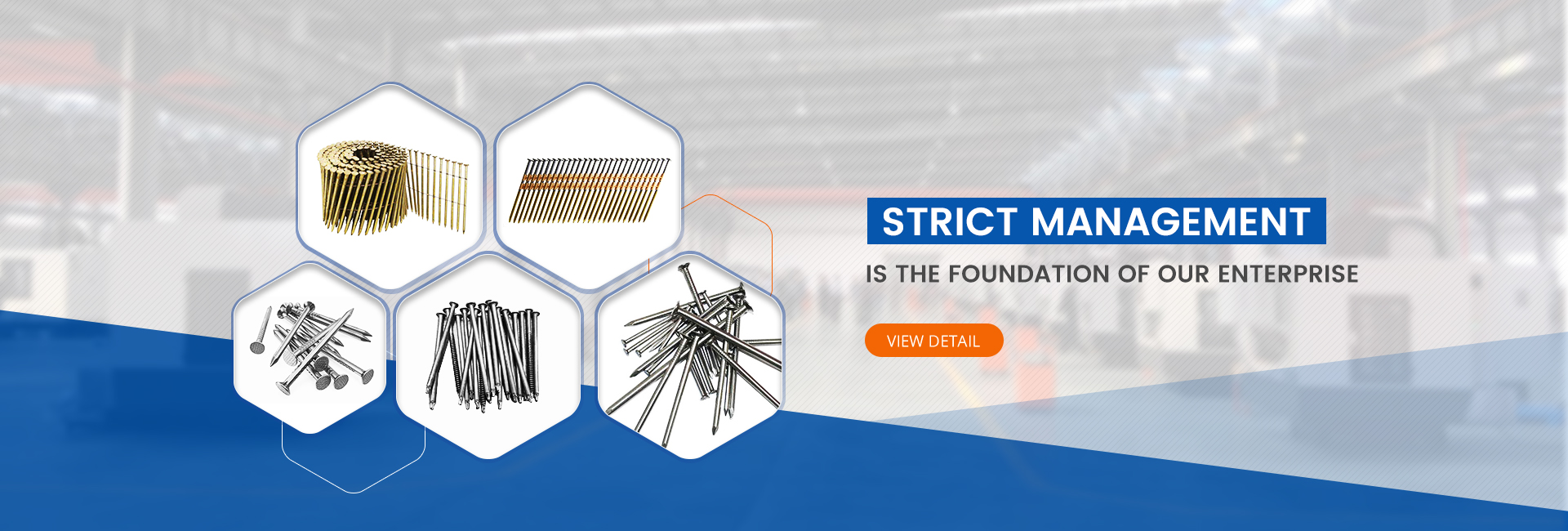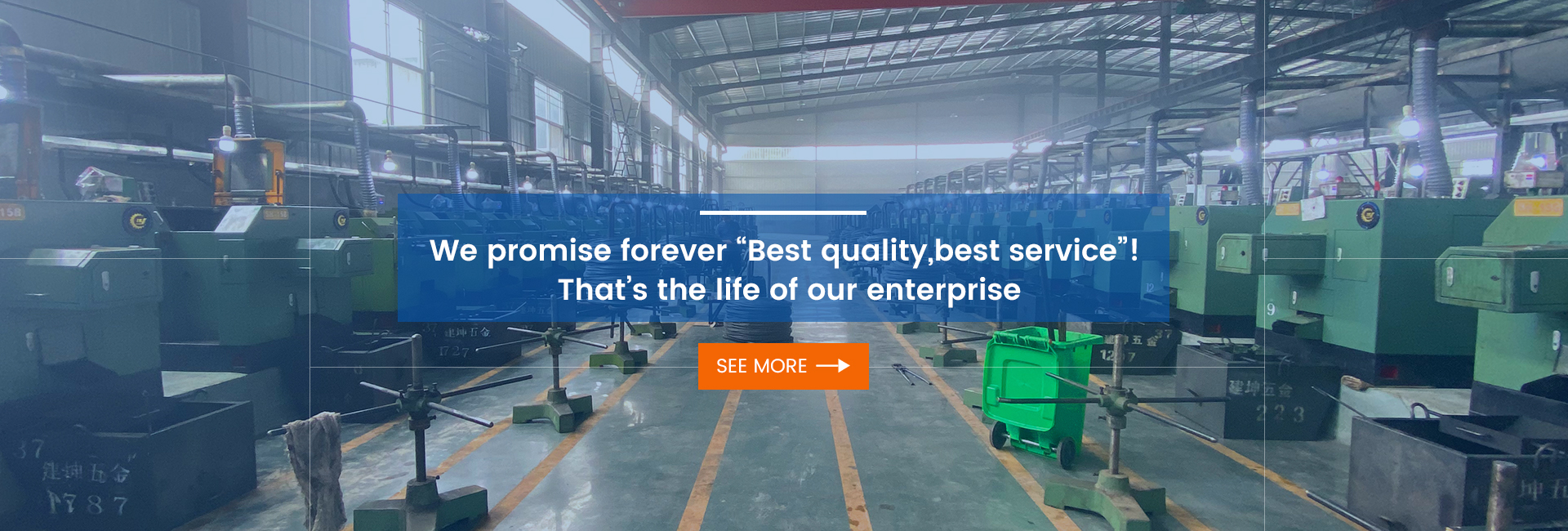High-speed nail making machines have revolutionized the construction and manufacturing industries, offering remarkable efficiency and output. However, their operation can have environmental consequences if not managed responsibly. This guide delves into the potential environmental impacts of high-speed nail making machines and provides practical strategies for minimizing and mitigating these effects.
Environmental Impacts of High-Speed Nail Making Machines
Resource Consumption: The manufacturing process of nail making machines consumes energy and raw materials, contributing to greenhouse gas emissions and resource depletion.
Waste Generation: The production of nails generates waste in the form of scrap metal, wire offcuts, and lubricants, which can pollute landfills and waterways if not disposed of properly.
Air Pollution: The operation of nail making machines can release air pollutants, such as dust and fumes, particularly during the cutting and finishing processes.
Noise Pollution: The high-speed operation of these machines can generate significant noise levels, potentially impacting nearby communities and wildlife.
Mitigation Strategies for Environmental Impacts
Energy Efficiency: Implement energy-efficient practices, such as using energy-saving equipment and optimizing machine settings, to reduce energy consumption.
Waste Reduction: Minimize waste generation by implementing recycling programs, utilizing scrap metal for other purposes, and adopting waste-to-energy solutions.
Emission Control: Install emission control systems to capture and filter air pollutants, reducing their impact on the environment.
Noise Reduction: Employ noise reduction techniques, such as soundproofing enclosures and low-noise machinery, to minimize noise pollution.
Sustainable Material Sourcing: Procure raw materials from sustainable sources and utilize recycled materials whenever possible.
Proper Waste Disposal: Ensure proper disposal of waste materials in accordance with environmental regulations to prevent pollution.
Case Study: Environmental Excellence in Nail Making Machine Operations
A nail manufacturing company committed to minimizing its environmental footprint implemented the following strategies:
Energy Efficiency Upgrade: Replaced outdated machinery with energy-efficient models and implemented smart energy management systems.
Waste Reduction and Recycling: Established a comprehensive recycling program for scrap metal, wire offcuts, and lubricants, diverting waste from landfills.
Emission Control Installation: Installed state-of-the-art emission control systems to capture and filter air pollutants, significantly reducing emissions.
Noise Reduction Measures: Implemented noise reduction enclosures around machines and switched to low-noise machinery, lowering noise levels.
Sustainable Material Sourcing: Established partnerships with certified sustainable suppliers to procure raw materials.
Zero-Waste Initiative: Adopted a zero-waste goal by exploring waste-to-energy solutions and finding alternative uses for waste materials.
Results:
Significant reduction in greenhouse gas emissions
Substantial decrease in waste generation and landfill disposal
Improved air quality and minimized impact on surrounding communities
Reduced noise pollution levels
Enhanced company reputation and customer satisfaction
The operation of high-speed nail making machines can have environmental consequences, but these impacts can be effectively mitigated through responsible practices. By implementing strategies to reduce energy consumption, minimize waste generation, control emissions, and source sustainable materials, manufacturers can operate in an environmentally friendly manner while maintaining production efficiency. Embracing environmental responsibility not only benefits the planet but also enhances a company’s reputation and competitiveness.
Post time: Jun-28-2024



